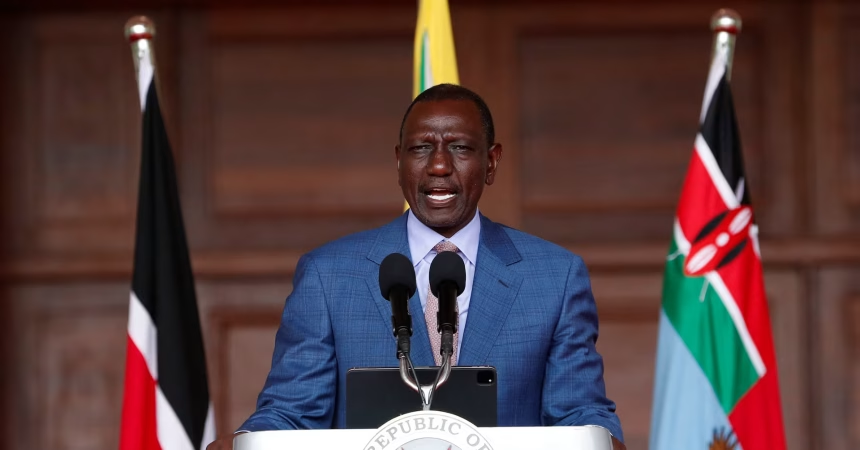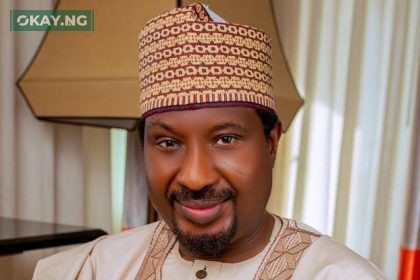In a move aimed at restoring investor confidence and stabilizing the nation’s economy, Kenya has announced plans to aggressively reduce its public debt to below 55% of its Gross Domestic Product (GDP) within the next two years. This declaration comes at a critical juncture, following the recent breakdown of talks with the International Monetary Fund (IMF) concerning the final review of Kenya’s existing $3.6 billion support program, a development that shook financial markets.
Finance Minister John Mbadi, addressing a gathering on the government’s debt management strategy, outlined the ambitious target of lowering the debt-to-GDP ratio to 52.8% by the 2027/28 fiscal year, down from the current figure exceeding 58%. This strategic move aligns with the IMF and World Bank’s sustainability threshold of 55%.
“We are in times that are not very easy, and we must show commitment to solving this problem,” Mbadi emphasized, highlighting the urgency of the situation. “The strategy to me is very simple. Number one is to consistently demonstrate that you are reducing your budget deficit.”
To achieve this, the government intends to fund 25% of its gross borrowing needs from external sources over the 2025-28 period, with the remaining 75% sourced domestically. This planned shift reflects a calculated approach to managing the nation’s financial obligations.
The now-stalled IMF program, initiated in April 2021, faced significant challenges, notably the widespread anti-tax hike protests last year. These protests forced President William Ruto’s administration to abandon its initial goal of reducing the fiscal deficit to 3.5% of GDP for the current year. Compounding the issue, spending pressures have since pushed the deficit to 4.9%, as revealed by Chris Kiptoo, Principal Secretary at the Ministry of Finance.
Mbadi, who assumed his position following the protests, characterized the initial 3.5% deficit target as “crazy imagination,” deeming it unattainable and potentially destabilizing. “It almost brought severe unrest,” he noted, underscoring the delicate balance between fiscal responsibility and public welfare. “The government had to reduce the budget deficit steadily while also providing services to Kenyans.”
The administration remains committed to a gradual reduction of the budget deficit, aiming for a maximum of 3% of GDP by 2028. This long-term perspective signals a strategic effort to ensure sustainable economic growth.
Beyond fiscal adjustments, the government is intensifying its efforts to combat corruption. Mbadi asserted that a 50% reduction in estimated annual corruption losses could eliminate the necessity for IMF and World Bank loans, as well as reduce reliance on U.S. aid. He further suggested that the complete eradication of corruption could potentially eliminate the budget deficit entirely.
For everyday Kenyans, this debt reduction plan represents a potential path towards greater financial stability. Many are concerned with the impact of high debt on essential services like education and healthcare. If the government’s plan is successful, it could lead to improved public services and a more stable economic environment, fostering hope for a more prosperous future. However, the path to achieving these goals is fraught with challenges, including potential political instability and the need for rigorous fiscal discipline.
Economically speaking, reducing public debt can lead to lower interest rates, encouraging investment and economic growth. According to the World Bank, high debt levels can stifle economic development by diverting resources away from crucial sectors. However, the success of Kenya’s plan hinges on the government’s ability to maintain fiscal discipline and effectively address the issue of corruption.
This ambitious plan signals Kenya’s resolve to navigate its economic challenges and build a more sustainable financial future. While the road ahead is uncertain, the government’s commitment to fiscal responsibility and transparency will be crucial in restoring confidence and fostering long-term economic stability.













